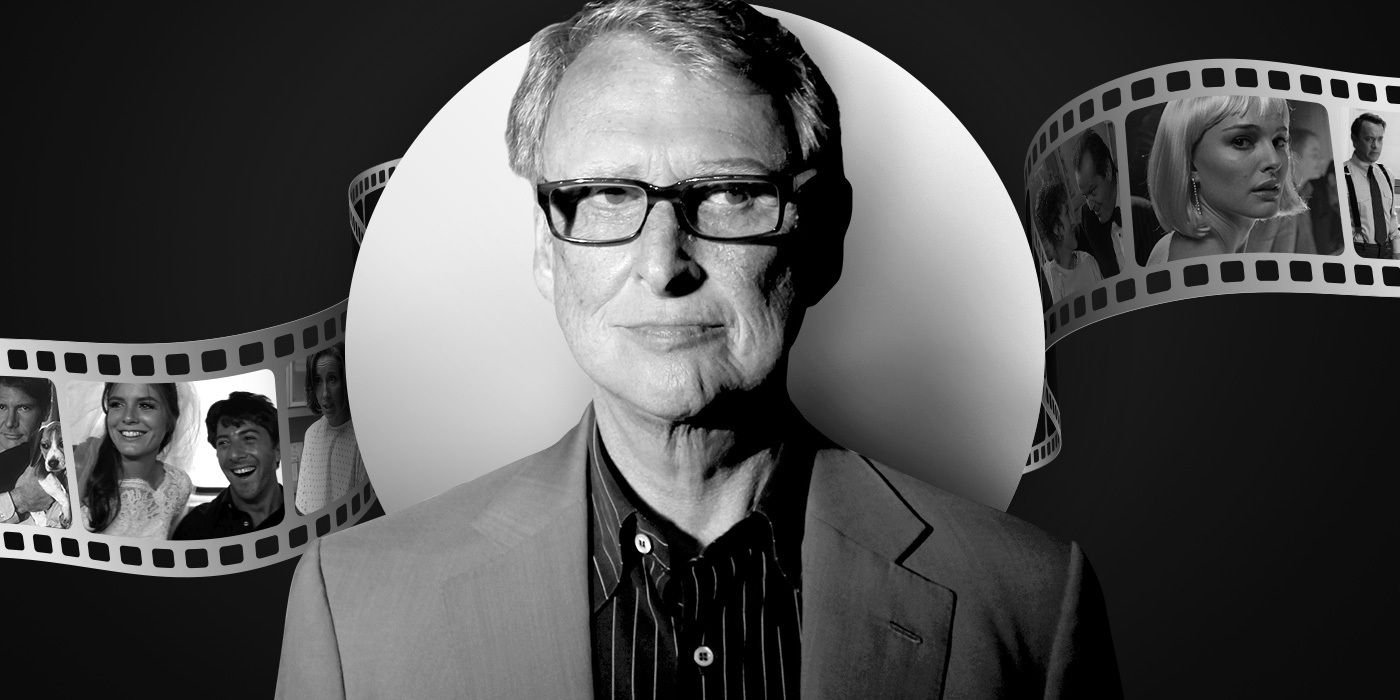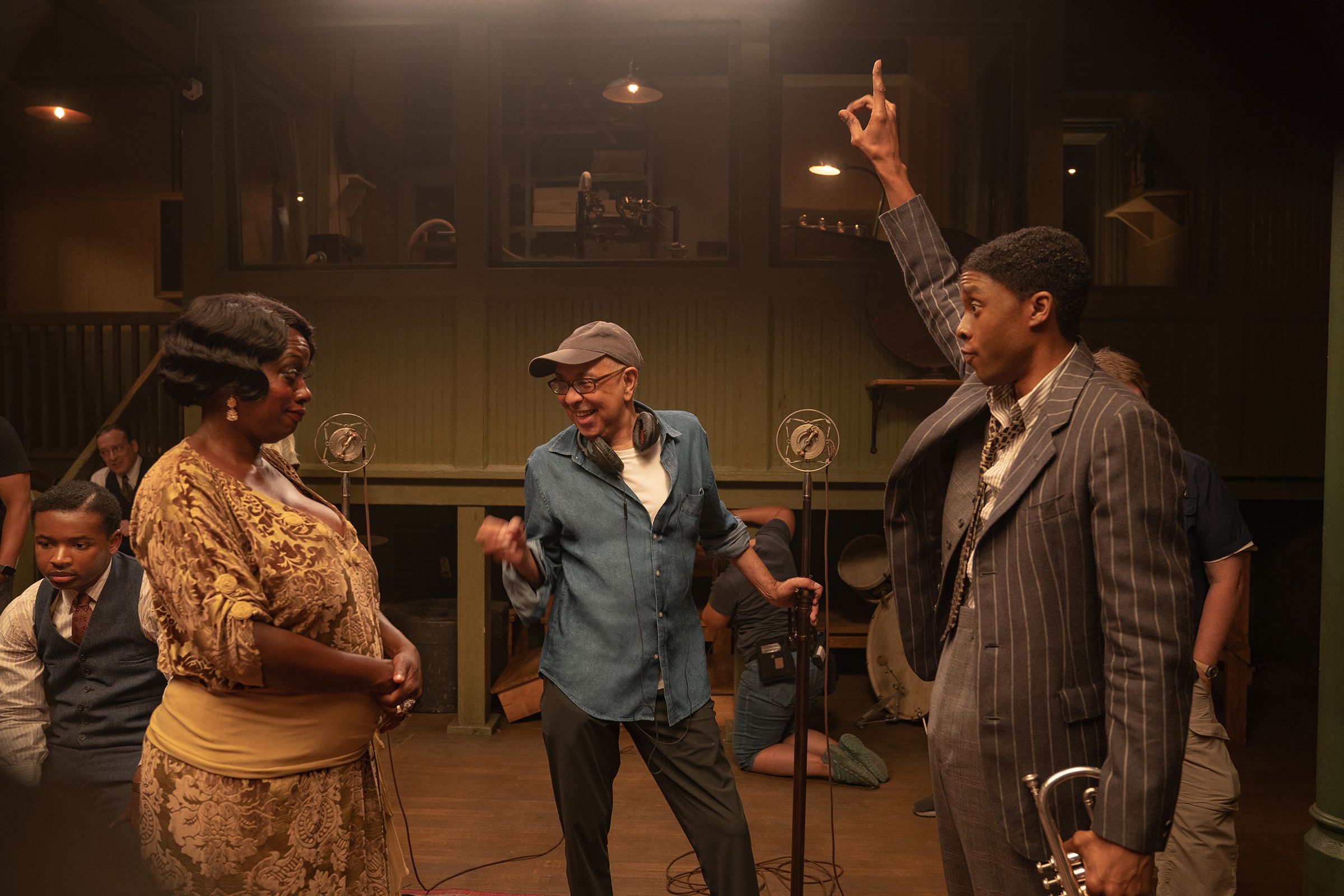In February on The Collider Podcast, we spoke to author Mark Harris about his new book Mike Nichols: A Life. During our conversation, we talked about how the book detailed Nichols’ approach to working with actors and getting the best performance out of them for the piece, and Harris made a fascinating point that has stuck with me these past months. We talked about how over this Oscar season, Ma Rainey’s Black Bottom has been repeatedly acclaimed for its terrific performances across its entire cast, and yet at no point has the film’s director, George C. Wolfe, been part of the Best Director conversation.
Looking at Nichols’ work, it’s about time we start thinking of actors as a department similar to any other on a film production. And yet the other departments offer us something tangible. We can appraise a dress from a costume designer or a set from a production designer. We can examine how a film is lit and a shot composed with a thoughtful cinematographer. Even the invisible hand of the editor can make itself known through skilled cuts. That’s not to mention that the Academy usually recognizes “most” in place of “best” when it comes to doling out awards.
But neglecting the work of directors when it comes to actors isn’t contained simply to the Academy of Motion Picture Arts and Sciences. I believe that part of why we miss the art of acting is because it’s intangible. You can’t hold a performance. You can’t touch it. You know it when you see it, and you see it unfold in front of the camera. While a costume designer or an art director does their work behind closed doors, with an actor we believe we’re seeing the work happen in front of us. The “creation” happens on screen, or, in the case of a play, in real time. Sure, there were rehearsals, but ultimately, we’re seeing the “act” play out from the actor, so it must spring from them. Where does a director even fit in?
RELATED: The 7 Biggest Oscar Snubs and Surprises From This Year’s Nominations
That’s where a text like Mike Nichols: A Life becomes invaluable because it’s showing how Nichols worked with actors. When we think of a director working with an actor, we may think of some EPK footage or behind-the-scenes documentary where they tell an actor “try it like this” or “the scene is about X” but Mike Nichols shows that when it comes to a great director, there’s far more nuance, especially since you’re trying to craft and tweak a performance in a way that is immediate. There’s rarely time on the day of the shoot to go back to the drawing board and figure it out, and actors will tell you that they find rehearsals to be a luxury because it gives them time to better craft and understand their characters and the resulting performance.
What a director like Nichols was able to do was coax better performances from his actors because he understood what those actors needed. Sometimes they need comforting, and other times they needed a push. What he did not do was simply beat them into submission in the hopes that it would somehow give him what he needed. On the one hand, Nichols’ approach was like how a director approaches any department—the director has an idea, they look at the work, they give notes, the craftsperson refines, and they work towards realizing that director’s vision. But with actors, that work is harder to see and harder to quantify. It’s not a different color on a swatch or a change to the composition of the frame. It’s trying to get a beat different, or, as Nichols constantly reminded his actors during comedies, letting the laugh come to them rather than chasing it.
Too often, it’s too easy to recognize a director for everything that surrounds the performance. If you have lavish production design, meticulous editing, a strong central vision, or just carry the general tone of your film in such a way that it could have only sprung from your “vision”, then we say that’s “great directing.” And yet we don’t really understand acting if we’re not willing to understand how a director participates in performance. This is further compounded by having so many actors, each with their own “process” (some like to discuss what they want to do with their character, others wish to be left alone and get in the zone), and this human element is much harder to understand because it’s interpersonal and the results are intangible. How do you celebrate a director like Wolfe when you can’t point to something and say “This is what he did.”
Filmmaking is a tricky artform because it’s both collaborative and yet under auteur theory we tend to credit the director as the leader of that collaborative effort while our love for actors (they get to be “stars” after all) tends to give them too much credit for crafting a performance out of whole cloth independent from the rest of the production. Mike Nichols: A Life puts this relationship back in perspective, not by diminishing actors, but by better understanding their craft and showing it the same respect, adoration, and care that Mike Nichols brought to his work.
KEEP READING: For the First Time in SAG History, People of Color Won All Four Top Film Acting Categories


